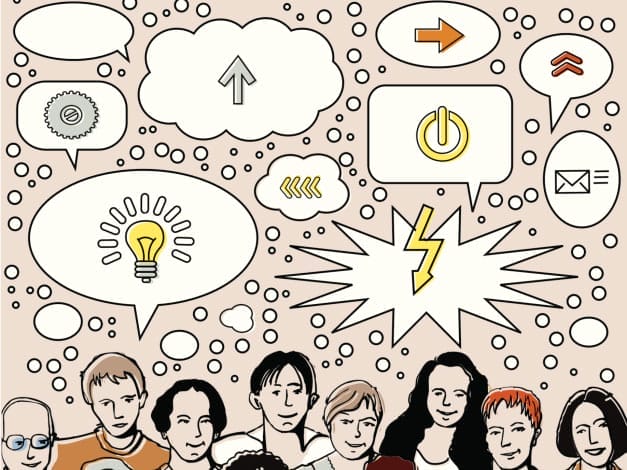Whether you’re in a team of one or a group of 1,000, creating an innovative workplace has become important for a business to maintain competitiveness in the long run. An innovative workplace is also a benefit for employees; it creates a fun and exciting place to work.
If your business offers new products every year (or as often as your customers need them), then you probably already maintain an innovative workplace. But what if you haven’t come out with a new product or service in years? Are you still innovative? How do you know?
First, let’s look at solo entrepreneurs (or business owners who mostly work alone). Then, we’ll explore some characteristics of innovation in teams.
If you mostly work alone and haven’t offered a new product or service to your customers in a while, then consider new avenues or new approaches. Remember, if you don’t offer something new to your customers, your competitors will.
Here are a few ideas to get your creative juices flowing:
- Look for small innovative extensions of what you already do, as opposed to hunting for radically new ideas and inventions.
- Look at what your closest competitors are doing and see if you can do it better in any way.
- Ask some of your customers what they need, but remember that it takes more than one customer to establish a trend.
- Schedule some time to review your progress regularly. This can be anywhere from weekly to monthly. You might need a colleague or advisor as a sounding board to obtain more objective feedback.
- Consider a business partnership, strategic alliance or joint venture with another small firm that has unique skills. Together, you might be able to offer something more powerful to the market than each of you can individually.
If you work with teams, your situation is a little different. A published study by Bledow, Frese, Anderson, Eres, & Farr (2009) analyzed over 150 research studies on innovation and suggested that several factors can contribute to the degree of innovation in organizations. Based on this research, their insights about the characteristics of innovative workplaces include:
- Regular idea-generation meetings that focus on idea generation, not idea evaluation.
- Idea-exploration meetings to uncover benefits and risks without managerial involvement.
- Encouraging small, incremental innovation rather than radical innovation.
- Hiring people, particularly managers, who will encourage improvements and innovation, and be comfortable with the ambiguity, unknowns and challenges.
- Making innovation valued enough that it’s part of an employee’s performance criteria and is discussed at review time.
- Supporting an innovative culture by minimizing strict and restrictive rules, guidelines, policies or norms that get in the way of creativity.
- Rewarding new and successful ideas.
- Encouraging diversity in thinking, which is likely to lead to greater innovations.
- Practicing “proactive creativity,” whereby a worker identifies a work-related problem and then identifies new ways to solve the problem. This has been successful with production workers at manufacturers and with nurses in health care.
By comparing characteristics of innovation between large and small organizations, we see some unique perspectives. For example, both types of organizations benefit from keeping innovations small, natural extensions of existing offerings—as opposed to a radically new invention. Also, small organizations rely more on studying customers and competitors, while large organizations rely more on cooperating with one another. In all sizes of companies, there is something each of us can do to make our workplace more innovative.

























